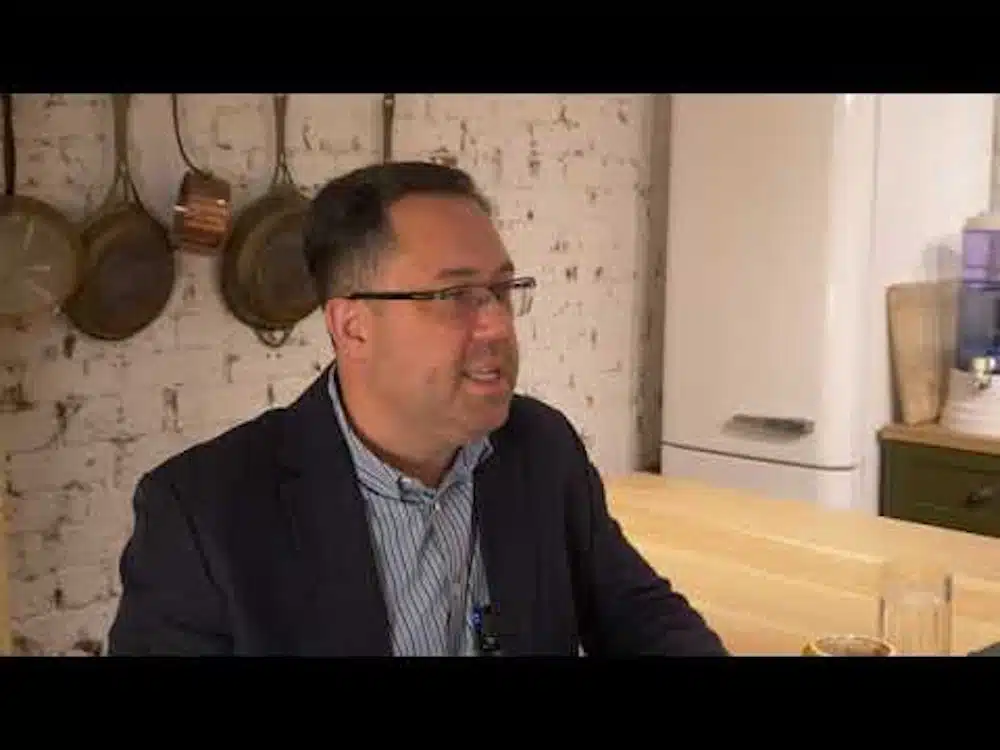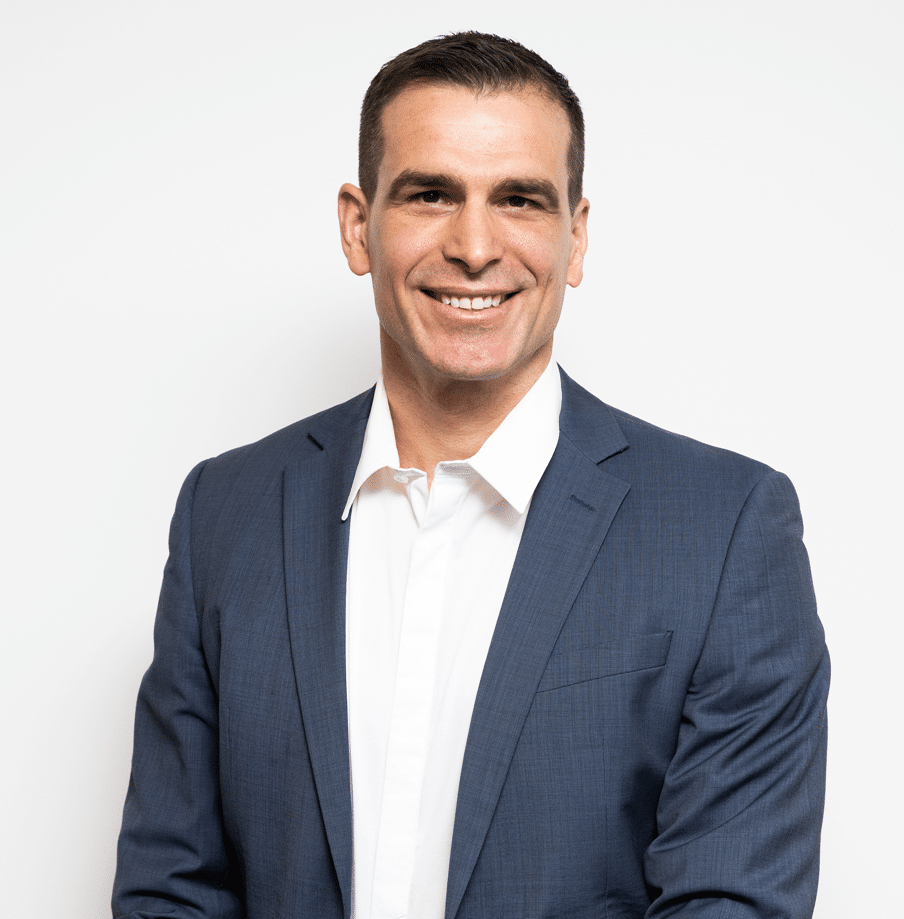John Dimitropoulos: The CEO has a very important role to play in major project transformations, if not the most important role. Major project transformations are not about software upgrades. They’re not about replacing, like for like business processes. They’re not about retiring obsolete technology. They’re about changing the way you do business. They’re about changing the way your customers interact with you and their experience. Project transformations are also about the simplification of your business processes. They make life easier for your staff through simplification and through digitalization. The CEO needs to be part of the program to sponsor, encourage and support the team throughout the journey.
Schedule is King, but quality is Queen. What is the point of meeting deadlines, when the quality of the product that you give to your customers or to your users is not of acceptable quality. If there are production incidents, production issues that you have to later on fix, quality must be seen through the eyes of the users and the customers. Not through the eyes of your project staff. Sure. Go hard. Take risks. But quality must be your equal first priority as your schedule.
Say no to software customizations. Have your CEO review them, and approve them, before you implement them. What’s the point of investing millions of dollars to do a customization on project that you later on, have to invest more millions of dollars to retrofit back to base, when instead you can change an antiquated business process. One that needs to be modernized, anyway.
Control your changes. Changes managed badly typically kill projects. You can’t avoid changes. You will have changes in your project. But question challenge, challenge, challenge. Ask why. Is it a regulatory obligation? Is it brand imaging? Is it loss of revenue? What’s triggering the change. Assess the impact. Consider carefully before you accept them. Far too many projects to say yes to change. Measure the outcome. Measure the impact before you accept changes.
Your leaders need to be multilingual. There are five languages in transformations. Five languages. Technology language, you hear people talk to you about the microservices and APIs. There is project language. People would talk to you about schedule critical path and end value. There’s benefits realization language, where people talk about revenue growth, customer NPS, or cost minimization. There is the customer language, which is real-life scenarios. And then there are your users, which talk about UI, that talk about workflow. Good leaders master all five languages. They need to speak all of them.
Do you have the right team for your project? Do you have the [A-team] or a team? Right source and right outsource accountability wisely. Your staff have daily jobs. Will they abandon your day job, which helps run the operation to join your transformation program? Build a balanced team with contingent labor, permanent staff and partner will. In the first 12 months, many organizations fall into the trap of building very large teams and ramp up rapidly. That burning a lot of money in the first year, whilst they’re still finding how to work with each other and still developing the delivery methods. Ramp up wisely.
One of the most significant investments in your project is due diligence early on. Choose your product wisely. Do you need best of breed? Do you need a localized solution? What’s the upgrade path? Is the product feature rich? Take your time to choose your product wisely and make sure it meets your business expectations and your user expectations. See first a user group, and try to tap into it. Get more information about the product before you buy. Do your due diligence. Do your research before buying.
Be smart about scope selection. A lot of companies, a lot of projects spend a lot of time on customer journeys and user journeys, which take too long and cost too much to develop. And then they go into mission to build solutions, to match those customer and user journeys. Only to discover that by the time they finish, the customer’s expectations have changed and the business expectations have changed. Make sure you focus on the basics, first. Worry about being the finest later. Imagine being the finest, but scope your projects to deliver your core capability first. Then build on top of that.
Be transparent with your status reporting. Be very clear on where you stand. You’re steering committee members a highly experienced. They will see right through your status. Your team members are more clever than you give them credit for. Your stakeholders, they all have a right to know where you stand. The transformation is not done for them. It is not done to them. It is done with them.
And look after your people. Train them, reward them and draw a career path for them. A lot of projects leave it till the end to start considering where the resources are going to next. Start thinking about the progression within the organization, as early as possible, the promotion path. Bring them out of the program and into the business as quickly as you can. They will be your advocates for change. Train them, reward them, build a career path for them. So, they stay with you not only for the journey of the transformation but for the journey of the organization.
In major project transformations, there is no magic. There is no secret recipe. It’s about developing a formula. A formula, which is the right formula for your organization, which evolves over time. At Liberty, we found the formula.








